Ever dreamt of creating your own batch of CBD oil? It’s not as intimidating as it sounds! Making DIY CBD oil at home is not only surprisingly easy, but it also gives you complete control over the quality of your ingredients and can save you some serious cash. Plus, there’s a certain satisfaction in knowing exactly what’s going into your body.
So, what’s the big deal about DIY CBD oil? Simply put, it’s CBD oil that you craft yourself in the comfort of your own home. It involves extracting CBD (cannabidiol), a non-psychoactive compound found in hemp, and infusing it into a carrier oil. This empowers you to choose top-notch ingredients and tailor the potency to your liking.
CBD is a natural compound extracted from hemp plants. Unlike its cousin THC, CBD won’t get you “high.” Instead, it’s known for its potential therapeutic benefits, like promoting relaxation, managing discomfort, and supporting better sleep. Making it yourself means you know exactly what you’re getting.
Your DIY CBD oil’s quality hinges on your ingredients’ quality. You’ll need two main components: a high-CBD hemp flower and a carrier oil.
Start to extract the CBD from the hemp flower. The most common and beginner-friendly method is the crock-pot method.
You don’t need a fancy lab or a chemistry degree for this. A few simple household items will do the trick:
Calculating the exact potency of your homemade CBD oil is tricky without lab equipment. However, you can make a reasonable estimate. You’ll need to know the CBD percentage of your hemp flower. Let’s say your flower is 15% CBD. This means that there are 150mg of CBD for every gram of flower. This is just an estimate, but it will help you gauge the strength of your final product.
While making your own CBD oil is generally safe, it’s crucial to take some precautions:
Exploring Different DIY CBD Products:
Maximizing the Benefits:
Troubleshooting Common Issues:
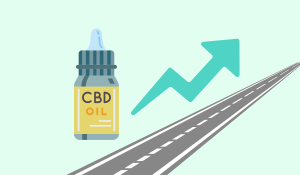
Therapeutic Uses of CBD Managing Chronic Pain with CBD Struggling with chronic pain? CBD might help. Studies suggest it can reduce inflammation and alleviate discomfort,...
Read More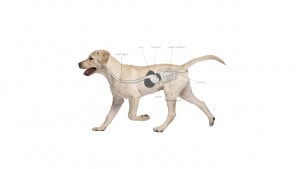
Just as CBD may help humans due to its interaction with the body’s endocannabinoid system, the same is true of dogs. CBD has the potential...
Read More
Cannabis has been used for millennia to treat numerous health conditions. Current research offers promising results on the effects of CBD oil on breast cancer.
Read More
What Is CBD for Cats? CBD (Cannabidiol) is a natural compound from hemp. It’s non-psychoactive, meaning your cat won’t get “high.” Instead, it works with...
Read More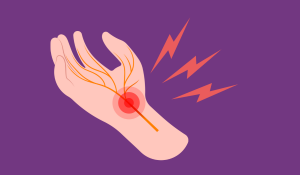
1. Understanding Neuropathic Pain Neuropathic pain results from nerve damage or dysfunction, causing symptoms like burning, tingling, or sharp shooting pains. Common Causes: Symptoms Include:...
Read More
CBD for Pets: A Pet Parent’s Guide to Dosage We all want the best for our pets, especially when they’re struggling with pain, anxiety, or...
Read More
What Is Lupus? Lupus is a long-term autoimmune condition that can impact multiple organs, including the skin, heart, lungs, and kidneys. The most common type...
Read More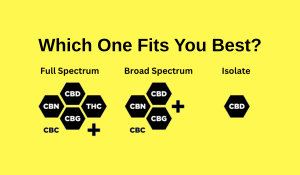
1. Full-Spectrum CBD: The All-In-One Option What it is: Contains CBD, minor cannabinoids, terpenes, flavonoids — and less than 0.3% THC. Why choose it: Promotes...
Read More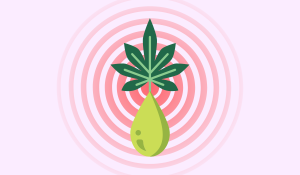
Why Use CBD for Pain? Chronic pain affects millions and often limits everyday activities. CBD, a non-intoxicating compound from hemp, is emerging as a natural...
Read More
CBD Side Effects, Risks of CBD, and CBD Oil Concerns: The Real Deal While many people tolerate CBD well, it’s not without its potential drawbacks....
Read More